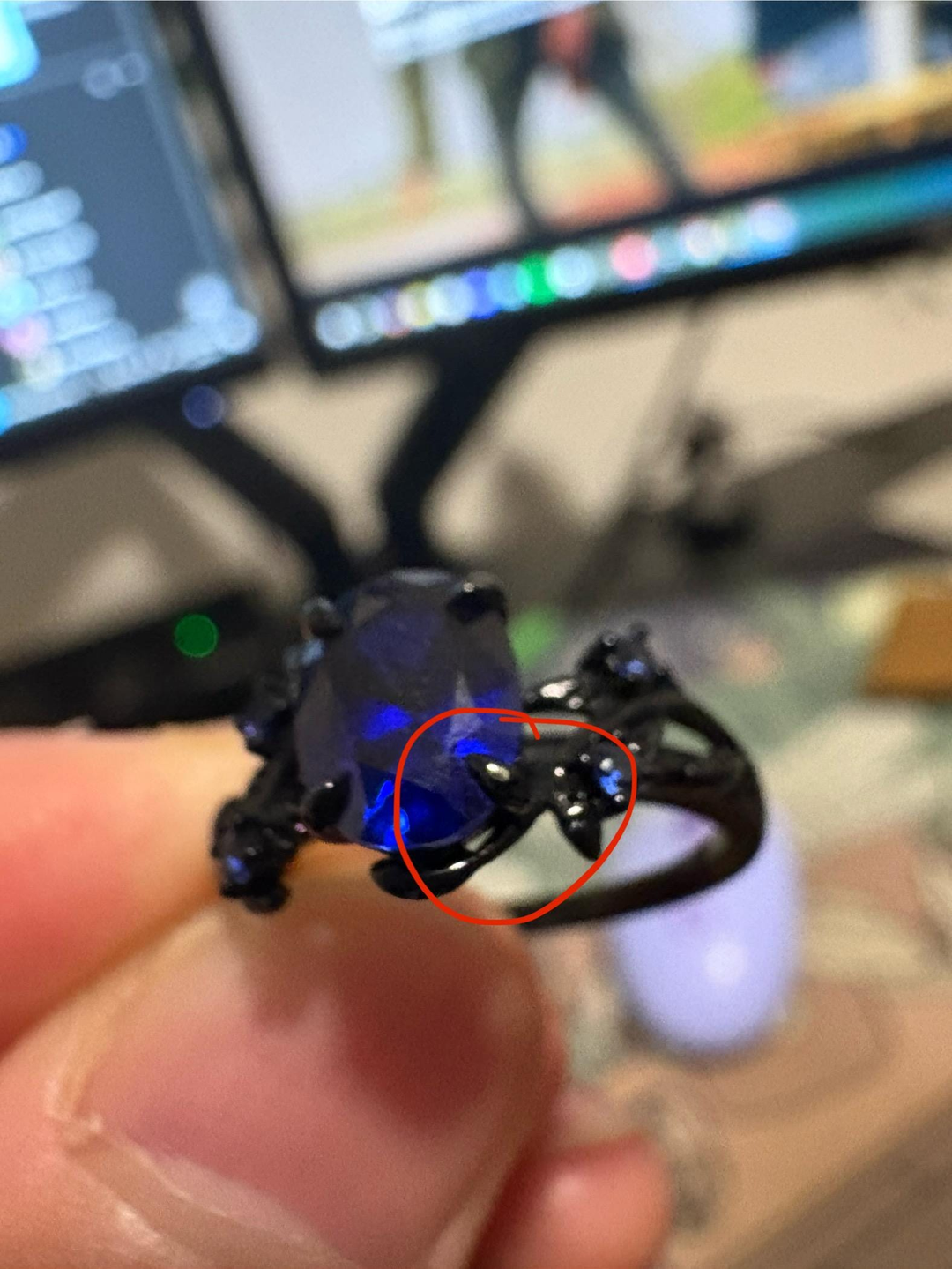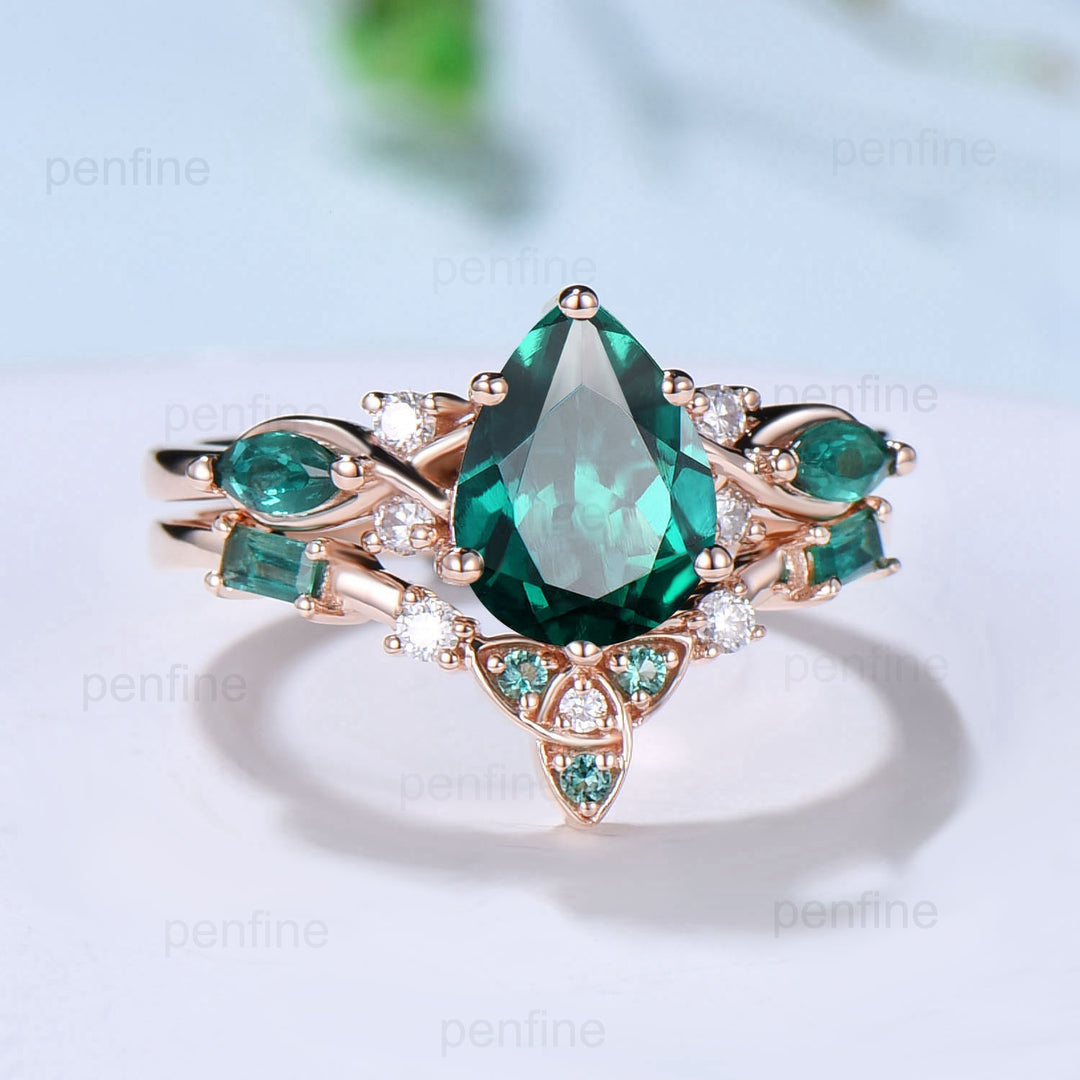Difference Between 10k, 14k, Or 18k Gold,Which Is Better?

The most popular metal choice for engagement ring today is gold (white,or yellow)! So if a gold setting is something you are looking at, then you’ll have to decide between three karat, which are 10k, 14k and 18k gold. There’s also a 24k gold, but we will not be discussing much about that in this article. So you might be wondering what karat means, so let’s take a look at its meaning.
What is Karat?
Karat is the measurement of gold’s purity. The higher the karat is, the larger the percentage of gold. Which means, the purest gold is 24k gold, which has all 24 parts of metal as gold. Pure gold is not idea for rings for several reasons like being pricey, it is extremely soft and can be easily scratched or bent out of shape and has a very rich yellow, that is almost like orange in color. Gold jewelry is mixed with alloys due to the softness of pure gold, so that it can be sturdy to hold diamonds and gemstones while increasing its durability.
Karat Or Carat?
Many consumers often get the terms mixed up because of pronunciation and spelling mistakes. It’s amusing at times because the terms “carrot” and “carot” also get thrown in for confusion.
Karat (denoted as k or kt) is the indication of how pure a piece of gold jewelry is. The higher the karat number, the higher the composition of gold in it. The highest karat value is 24k which indicates a 99.99% (or 100%) gold purity.
Carat is a unit of weight measurement for gemstones. 1 carat is equivalent to 0.2 grams.
Carrot is a root vegetable. It has nothing to do with jewelry.(from beyond4cs)
White Gold Or Yellow Gold?
When we talk about gold, we are either referring to white gold or yellow gold jewelry. Yellow gold is mixed with metal alloys like copper, zinc, silver, palladium, and/or nickle. But copper is often the highest in this mix which gives it the gold color. White gold, on the other hand, is mixed with more alloys that gives its silver look like palladium and nickel, which gives it its paler color. Then rhodium is used in plating it to get the look of white gold or platinum. Because of the alloys used in white gold, it is stronger than yellow gold.
Now let’s take a look at how each gold content stack up to each other and see their pros and cons. if you have these questions.
1.Is 10k gold better than 14k?
2.Which is better 14k or 18k gold?
| Karat | Gold Purity | Fineness |
| 10k | 41.7% | 417 |
| 14k | 58.3% | 583 |
| 18k | 75.0% | 750 |
10K GOLD
10k gold means its metal is 10 parts gold and 14 parts alloy (or 41.7% gold). in the U.S, this is the lowest gold content the metal can have to be considered “gold”.
As a result of the high amount of alloys, 10k gold is highly durable, and makes a great choice for active wearers. For the same reason of having more alloy than gold, it is also the cheapest. So if you are on a limited budget, 10K gold makes a great value buy.
It has a pale yellow color, which many people prefer, however, you don’t have to be worried if you think what you are getting is a cheap piece of gold jewelry. In fact, 10k and 14k gold are so similar, most people can’t even tell the difference.
When buying 10K gold, you need to be aware that since it has more alloy content, it irritate the skin of sensitive wearers. So it would sever you best to go for at least 14K gold if you know you are allergic to nickel.
Pros: Great value, and highly durable
Cons: Due to the high amount of alloys, sensitive wearers may experience a reaction.
Best for: Those on a limited budget and very active wearers
14K GOLD
14 Gold unlike 10K gold contains 14 parts of gold and 10 parts alloy (or 58.3% gold). 14K gold is the most popular choice in the U,S,
It’s still as durable as 10K and holds up well for active wear and tear. There’s a nice rich yellow to it, but not overly yellow. With regards to price, it costs more than 10k gold, but it is still affordable. Therefore, you can get a better balance of price, appearance, and quality with 14K gold.
People with sensitive skin will find 14K gold good enough, however, in some cases, if you react easily to alloys, then you may need to turn to 18K gold.
Pros: Offers a very durable jewellery and a balance of price and quality
Cons: Has no major downsides
Best for: Active wearers, everyone
18K GOLD
18K gold means that there 18 parts gold and 6 parts alloy (or 75% gold) to the metal.
Since 18K gold is made up of mostly real gold, it can easily scratch more than 14K gold. Generally, it still durable enough to wear on a daily basis. But something more durable is preferable for active girls.
Because of the high gold content in 18k gold, it is the most expensive of these three. So if you want a ring that is more precious, then by all means, go for it! However, keep in mind that 14K does the job as well and doesn’t cost as much.
Pros: Has a rich gold hue, and doesn’t irritate the skin
Cons: Scratches more easily, and cost much more
Best for: Those who are willing to spend on their ring, and have sensitive skin.
Will karat gold turn Turn Your Finger Green?
Gold, especially 10k and 14k gold, usually contains enough non-gold metal that it can cause discoloration. White gold is an exception, since it is plated with rhodium, which tends not to discolor. The rhodium plating wears away over time, so a ring that initially seems fine may produce a discoloration after it has been worn a while.For more details,please click this article








